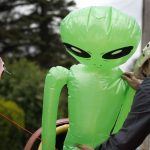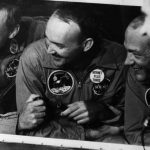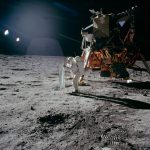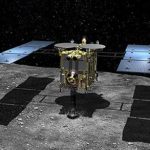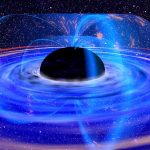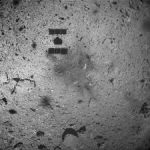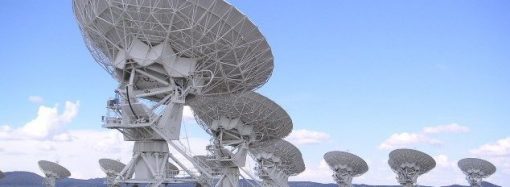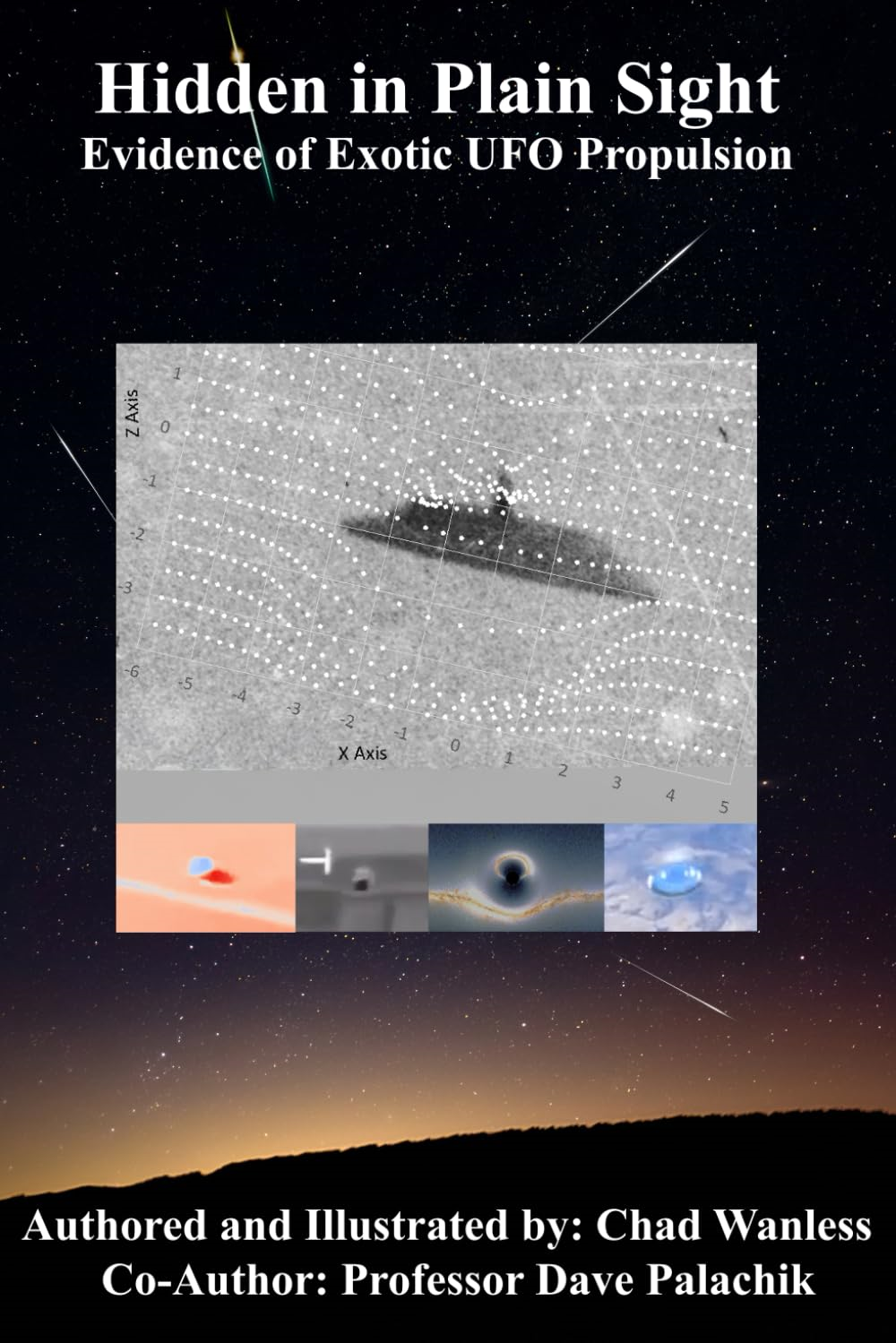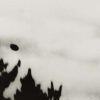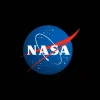No Evidence Aliens Have Visited Earth – Japanese Astronomers0
- From Around the Web, Space, UFO News
- July 19, 2019
Japanese astronomers actively searching for extraterrestrial life have not found any evidence that aliens have visited Earth, a professor at the National Astronomical Observatory of Japan, Hitoshi Yamaoka, claimed.

